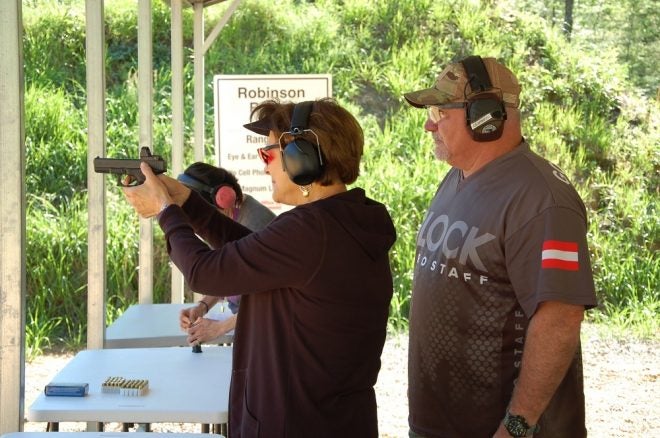Timely Target Visualization
Dr. John Woods 06.12.18

A personal defense pistol instructor once commented that “Proper shooting form will bring speed, but just trying to be the fastest shot will never train proper form.” He left out the main word altogether, and that is eventually. Nothing worth having rarely comes easily or without some expenditure of sweat equity. This includes becoming a good shooter with any kind of firearm.
Shooting well requires the attainment of a huge skill set. Among those skills is target visualization. I mean there you are at the range shooting bench, up in a tree stand, or ground blind, or just out informally plinking at targets of opportunity like tin cans, stumps, or clods of dirt across the field. Every shots starts with visualizing the target.
Well, that sounds simple enough, right? Hang with me here a minute as we examine this. Target visualization is much more than just looking downrange to see something to shoot at. Included in that assessment is to identify the target, confirm it, range estimate it, calculate in environmental factors including wind, speed and direction, precipitation, and such.
This is much easier at an established shooting range off a bench than it is at any time hunting in the woods or afield. Just imagine then adding all this scenario of shot assessment to a self-defense protection affair or defensive situation when return fire may be required or demanded of the situation. Under these conditions, target visualization is not only necessary, but essential, indeed critical.
With all of these conditions and circumstances, you have to see what you can see, and enough of what you can see to place your shot into the proper placement zone on the target in order to make the shot effective. This means to spot, target, focus, assess, make the call, aim to shoot, and then control the shot. If using optics, then compensate and calculate accordingly as well.
Wrapped up this the shot, too, is breath control, proper trigger finger position and control, and maintaining sight focus either with open sights, glass optics, or electronic sights such as red dots or holographic sights. If you wear eyeglasses or contacts, then you may have additional concerns in target sighting and focus.
As you eventually attain the proper form and skills in sighting and shooting correctly, then comes the element of increasing speed to every aspect of shooting. Timely speed can become a critical element in the target visualization process. But the visualization comes first.